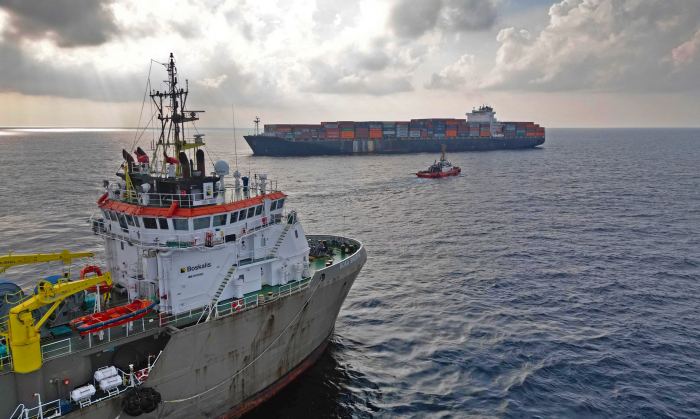Boskalis’ trailing suction hopper dredgers Oranje, Prins der Nederlanden, Queen of the Netherlands, and Willem van Oranje have been working in different combinations in the Maldives over the past years. This unique event in the archipelago involved dredging 18 million cubic meters of sand to develop the island of Gulhifalhu and reclaiming land on other islands – Giraavaru, Hulhumalé, Fushidiggaru Falhu, and Thilafushi – for housing and economic activities.
Sometimes breathtakingly beautiful, sometimes overcrowded. These two themes vie for attention in the Maldivian archipelago. Known around the world as a tourist hotspot, the islands in the Indian Ocean face the challenge of accommodating an estimated 521,000 residents in limited space. In fact, more than half of the Maldivian population lives on the 8.3 square kilometers of the capital, Malé. This has prompted the government to commission reclamation projects geared toward creating new land for housing and port development.
The trailing suction hopper dredger Prins der Nederlanden played the largest role in the land reclamation on Gulhifalhu. The vessel transported millions of cubic meters of sand to the island and was assisted by other vessels of Boskalis’ dredging fleet. For instance, the mega hopper dredger Queen of the Netherlands completed 66 trips to the sand extraction area over 24 days, pumping over 2 million cubic meters of sand to the shore. The Oranje and Willem van Oranje also significantly contributed, especially to projects on the other islands in the archipelago.
Timing
Timing was crucial during the continuous collaboration of the vessels, particularly because the trailing suction hopper dredgers utilized a single discharge pipeline to Gulhifalhu. Captain Ton van Oosten of the Queen of the Netherlands: “You want to time your dredging cycle in such a way that no vessel has to wait. We managed that very well. We consistently sailed to the discharge pipeline with full loads of approximately 30,000 cubic meters, and the Prins der Nederlanden adjusted its schedule to ours. We kept in close daily contact for this. It’s great that we already knew each other well from previous projects.”
When multiple vessels share a single discharge pipeline, the largest vessel is given priority. “This is a gentleman’s agreement that everyone lives by,” said Kaido Kaja, captain of the Prins der Nederlanden. “It’s helpful to have a pre-established travel schedule as a guideline. But in practice, deviations are fairly common, and it comes down to the professionalism and expertise on the bridge to keep everyone informed of progress and make the most efficient use of that single discharge pipeline.”
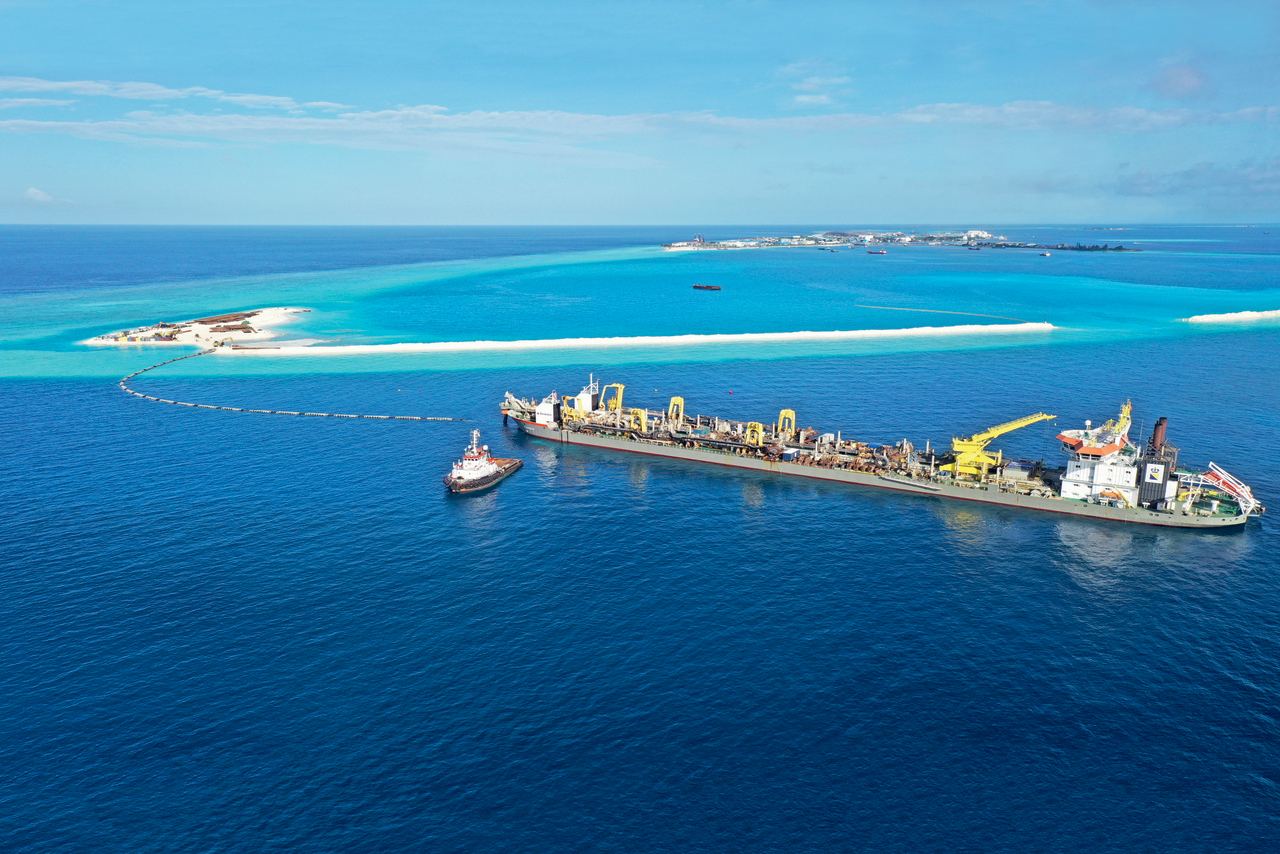
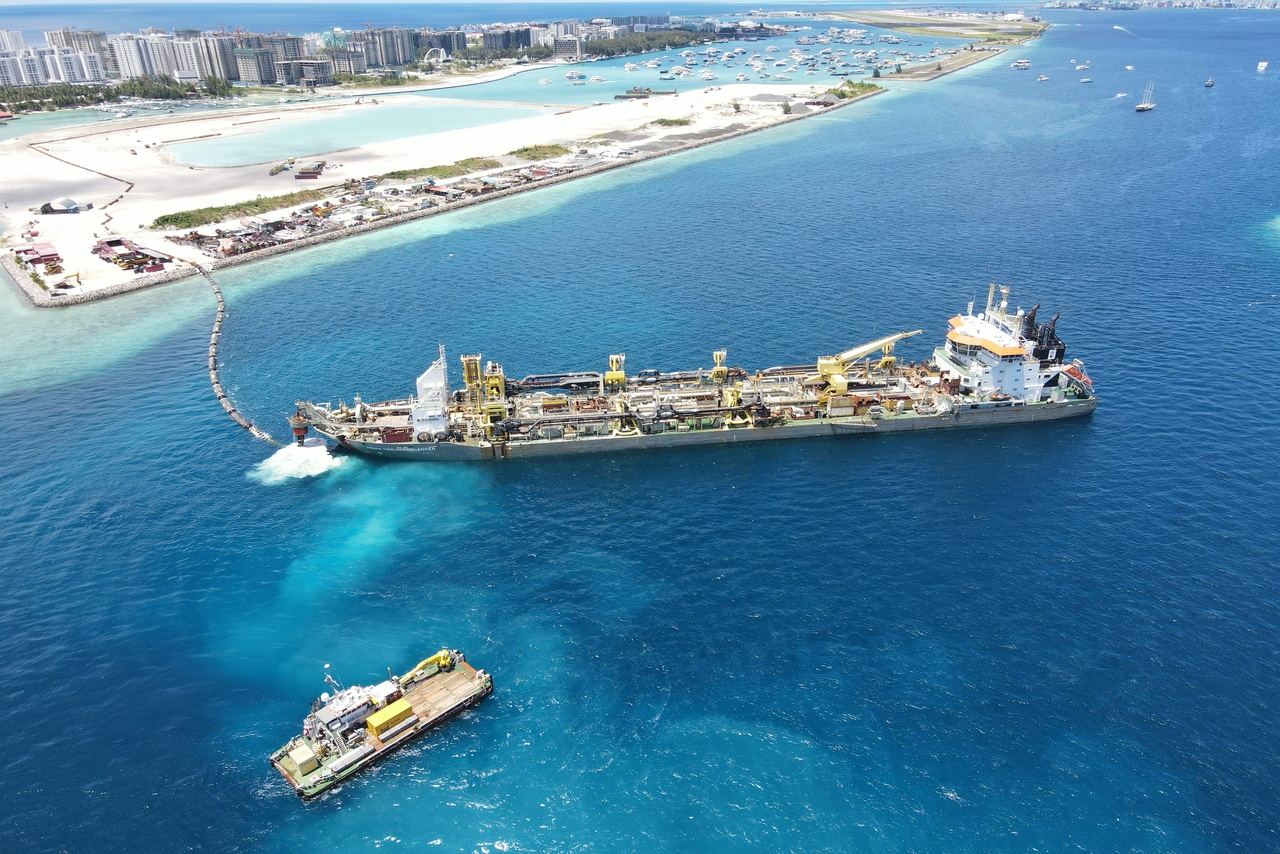
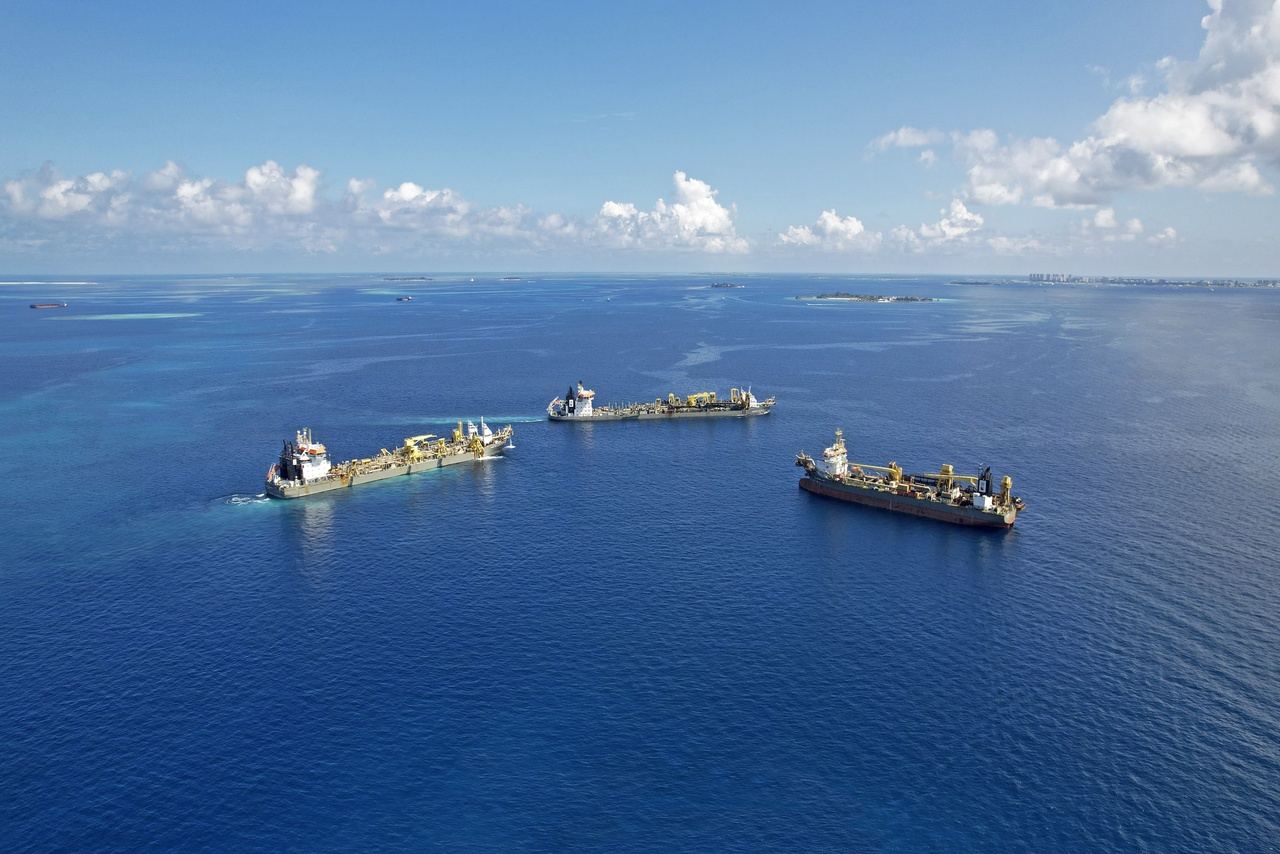
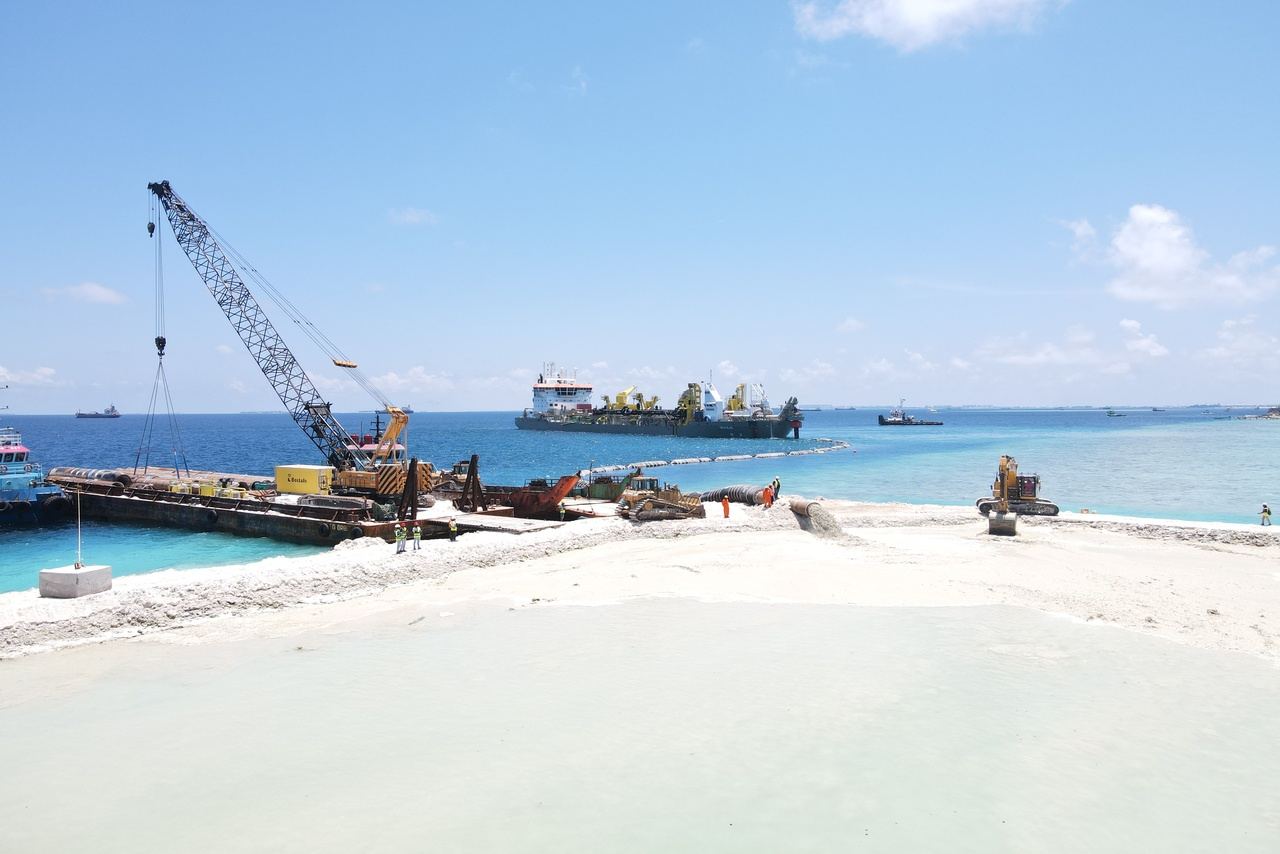
Social and Environmental
Extracting sand from pre-determined locations and depositing 18 million cubic meters of sand on Gulhifalhu may sound straightforward, but it was far from simple in practice. As is the case wherever Boskalis operates, the work was conducted in compliance with applicable international environmental and social (E&S) standards. Additionally, Boskalis contributed to capacity building in the archipelago by sharing knowledge on how to approach large-scale dredging projects with the local population. This enables Maldivians to play an increasingly significant role in the country’s development in the future.
